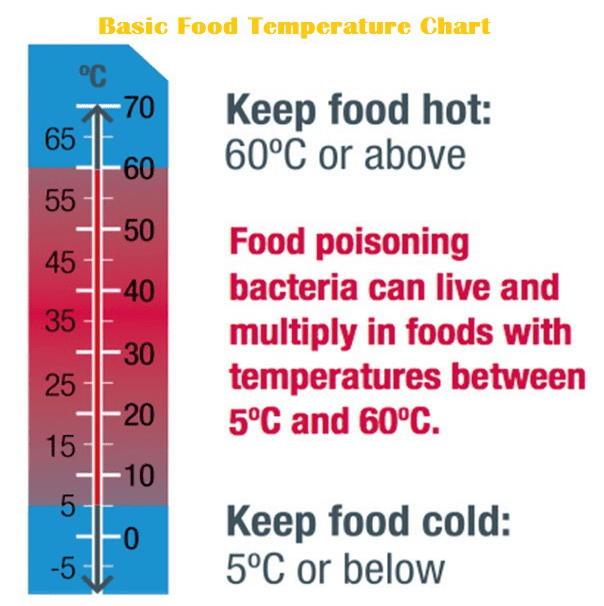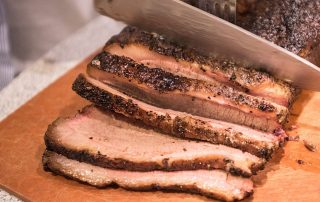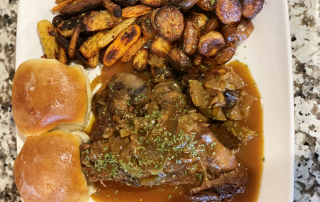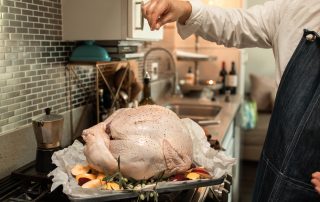Ideal preparation temperature
Candy or Sugar Syrup Temperature Chart
Preparing your own candy and sweets
Check our temperature charts for making candy at home

Candy or Sugar Syrup Chart
Have you ever wanted to make your own candy or sugar syrup at home? It can be incredibly rewarding to make homemade candy, but it requires precision when it comes to temperature.
Our below chart on candy or sugar syrup temperatures will tell you exactly how hot your homemade candy should be at each stage of the process.
Fahrenheit and Celsius Cooking Temperatures
Candy Temperature Description
| Stage | Internal Core Temperature in Fahrenheit |
Internal Core Temperature in Celsius |
Description |
|---|---|---|---|
| Thread Stage | 230°F to 235°F | 110°C to 112°C | Syrup and Binding agent for fruit pastes: A spoonful of sugar drizzled over a plate forms a fine, thin thread. This stage makes a syrup, not a candy. |
| Soft-ball Stage | 235°F to 240°F | 112°C to 116°C | Fudge, Fondant, Creams, Penuche, Maple, etc: When a small amount of sugar syrup is dropped into very cold water, it forms a ball that does not hold its shape when pressed with your fingers. |
| Firm-ball Stage | 244°F to 248°F | 118°C to 120°C | Caramels and Divinity: When a small amount of sugar syrup is dropped into very cold water, it forms a ball that holds its shape, but it still sticky, when pressed with your fingers. |
| Hard-ball Stage | 250°F to 266°F | 121°C to 130°C | Taffy and Marshmallows: When a small amount of sugar syrup is dropped into very cold water, it forms a ball that holds its shape but is pliable. |
| Soft-crack Stage | 270°F to 290°F | 132°C to 143°C | Butterscotch and Toffee: When a small amount of sugar syrup is dropped into very cold water, it scan be stretched between your fingers and separates into hard but not brittle threads. |
| Hard-crack Stage | 300°F to 310°F | 149°C to 154°C | Brittles and Lollipops: When a small amount of sugar syrup is dropped into very cold water, it will solidify but will separates into hard brittle threads. |
| Light Caramel Stage | 320°F to 335°F | 160°C to 170°C | Glazes, coating agent: Poured onto a white plate the syrup will be honey-golden in color. |
| Dark Caramel Stage | Up to 350°F | 177°C Watch carefully as any temperature above 350 degrees F. begins to burn the sugar and it will develop a bitter, burnt taste. |
Glazes, coating agent: Poured onto a white plate the syrup will be deep reddish amber in color. |











